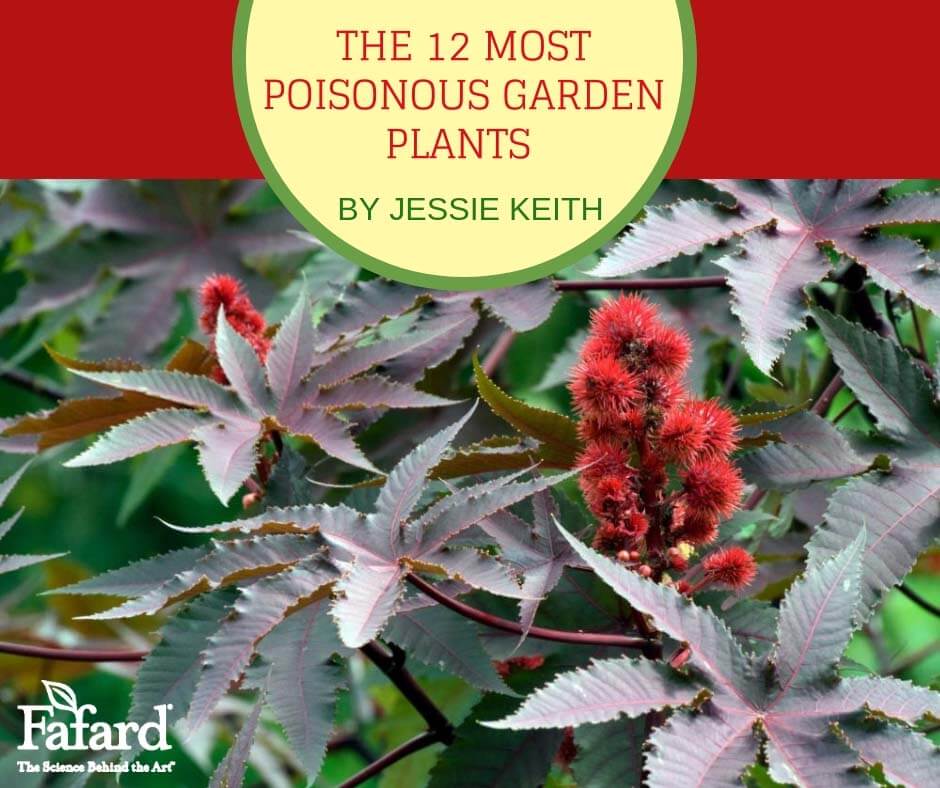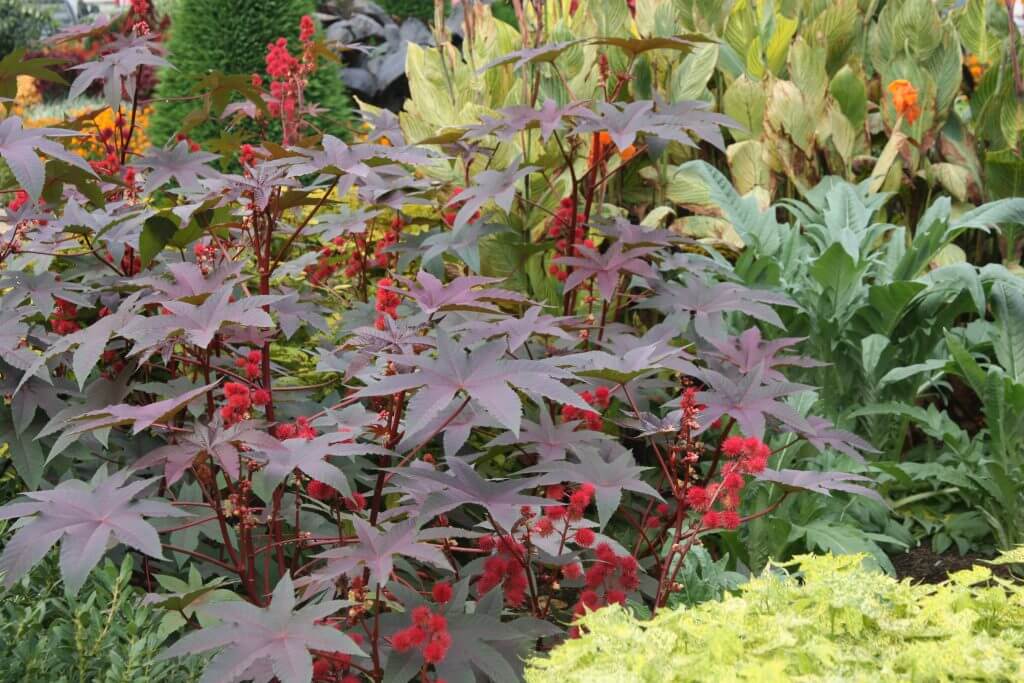
Many perennial flowers sulk in damp soil. Plant a lavender near a downspout or a tulip in a boggy hollow, and bad things are sure to follow. On the other hand, some perennials relish soggy sites. It all comes down to “right plant, right place.” You can either sentence a dry-land plant to death in that damp garden corner – or you can literally “go with the flow” and plant glorious flowering perennials that revel in a little wetness.

Here’s our choice of some of the best of the latter. These hardy perennials would be more than happy to settle into that wet garden niche, especially if the soil is not too heavy and standing water is relatively rare. To lighten heavy clay soil, mix in a few inches of an organic amendment such as Fafard® Premium Natural & Organic Compost, preferably when conditions are relatively dry. Be sure to consult with conservation authorities if natural wetland areas are nearby.
Spring Flowers for Wet Places

Even standing water is no problem for the earliest bloomer on our list: marsh marigold (Caltha palustris). Its cheerful yellow buttercups on foot-tall stems brighten wetlands over much of the temperate Northern Hemisphere as winter turns to spring. It will happily do the same in your garden in partial shade and any decent, constantly moist soil (no inundation required!). The bold, serrated, heart-shaped leaves are also rather nice.
Another spring-blooming beauty from damp woodlands of eastern North America, Virginia bluebells (Mertensia virginica) owes its common name to its tubular, narrow-waisted blooms that open pink and deepen to sky-blue. They cluster on 18-inch stems above broad, waxy, blue-frosted leaves that die back as flowering ceases in late spring. Plants that aren’t deadheaded produce numerous seedlings. Virginia bluebells grow from plump rootstocks that are sometimes dug from the woods by disreputable dealers, so beware of cheap, bare-root plants.

Hybrid globe flowers (Trollius × cultorum) open their bright buttercup blooms a few weeks after those of marsh marigold. The large, deeply cupped, creamy-white to dark orange flowers appear from late spring to early summer on 18- to 32-inch stems, depending on the variety. They arise from rosettes of deeply lobed leaves that go semi-dormant in July but flush with new growth later in the season. Trollius hybrids make delicious companions to blue-flowered perennials such as Siberian iris (Iris sibirica) and Texas blue-star (Amsonia tabernaemontana).
Late spring to early summer is also prime time for the candelabra flower clusters of Japanese primrose (Primula japonica). Borne on two-foot stems above rosettes of large, tongue-shaped leaves, the flowers come in numerous shades of red and pink, as well as white. This wet-garden classic thrives in partial shade but will manage in full sun in constantly damp soil. It’s especially spectacular when allowed to self-sow into large colonies – but keep in mind that “mongrel” seedlings will produce mixed and diluted flower colors.
Primula japonica is a natural garden mate for another East Asian native known for its love of moisture and its showy pink to red flowers – Astilbe. Although their frothy blooms and ferny leaves are a common sight in shady gardens, astilbes are arguably at their lushest in ample sun and damp soil. Conveniently, their flowering season hits its height in early summer, as the blooms of Japanese primrose are leaving the scene.
Summer Flowers for Wet Places

Early (and mid) summer is also the height of the flowering season of our native American Rudbeckia, most of which are quite happy with damp feet. The most ubiquitous and familiar is Rudbeckia fulgida, which usually goes as ‘Goldsturm’ (even though it usually isn’t). By whatever name, all forms of this butterfly magnet produce a summer-long abundance of golden-yellow, black-eyed daisy-flowers over rapidly expanding clumps of toothed leaves. (It’s also a prolific self-sower). Height at flowering is 15 to 40 inches, depending on the variety. Full sun is best.
Swamp milkweed (Asclepias incarnata) is another colorful beauty that grows in moist ground and has the added benefit of feeding Monarch butterfly larvae and adults. The hardy perennial reaches 3-5 feet and blooms in midsummer. It will truly thrive in very damp garden spaces, even those that have standing water for periods of time.

There are other numerous perennials for summer that are worth including on the list of plants for soggy places, including marsh spurge (Euphorbia palustris), queen of the prairie (Filipendula rubra), swamp rose mallow (Hibiscus moscheutos), ragwort (Ligularia spp.), cardinal flower (Lobelia cardinalis), and great blue lobelia (Lobelia siphilitica). All of these will brighten up any damp summer garden.
Late-Season Flowers for Wet Places
For late-summer and fall color in damp semi-shade, there’s another splendid North American plant: pink turtlehead (Chelone lyonii). The common name refers to the plump, oblong, lipped flowers that cluster atop the 2- to 4-foot stems of this Southeast native. Pairs of glossy, dark green leaves clothe the stems below the flowers. The cultivar ‘Hot Lips’ has rich rose-pink blooms on 30-inch plants that emerge bronze-green in spring. Red turtlehead (Chelone obliqua) and white turtlehead (Chelone glabra) also make good perennials for moist semi-shade.

Also ideal for the late-summer, damp, sunny garden is the coneflower that goes by the name Rudbeckia laciniata ‘Autumn Sun’ (or ‘Herbstsonne’, for you German-speaking rudbeckias). Greater in height and less aggressive in root than Rudbeckia fulgida, it hosts green-coned, lemon-yellow daisy-flowers on 5- to 6-foot-tall stems from mid to late summer. Another tall, golden bloomer for late in the season is the 3-6 foot swamp sunflower (Helianthus angustifolius). It produces copious stems of bright sunflowers against linear leaves. Both the coneflower and swamp sunflower combine well with purple Joe-Pye weed (Eupatorium maculatum) to make a stately garden statement.
Don’t let low, moist ground get your gardening spirits down. Damp garden niches offer loads of exciting possibilities when it comes to perennials.
















